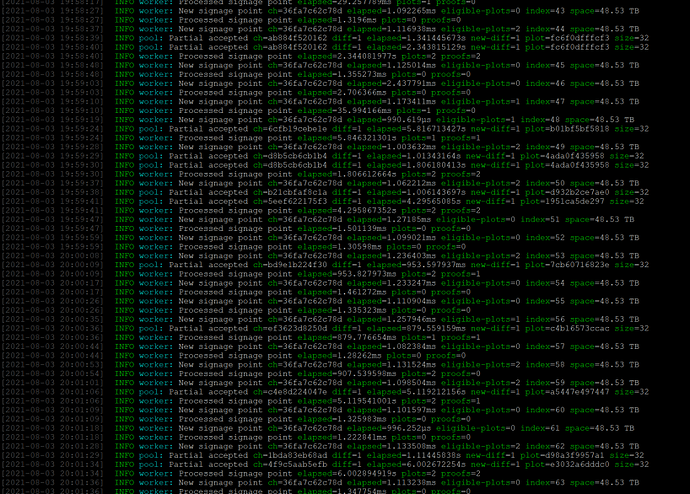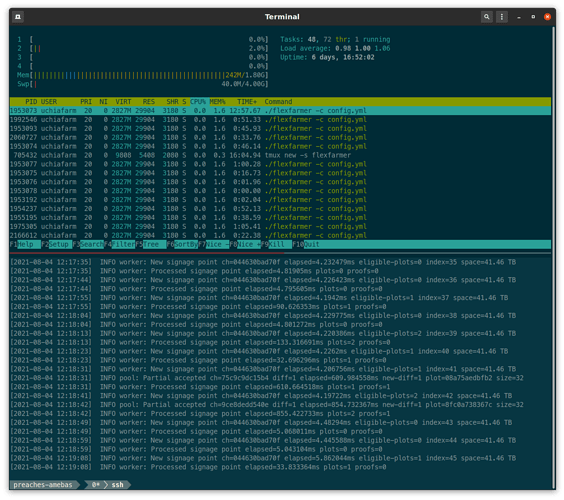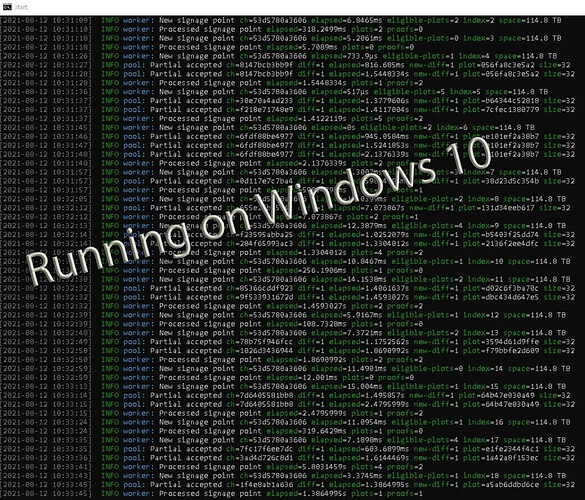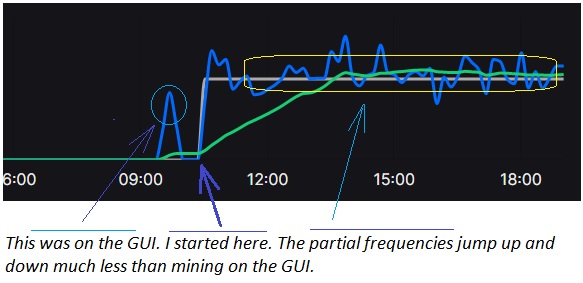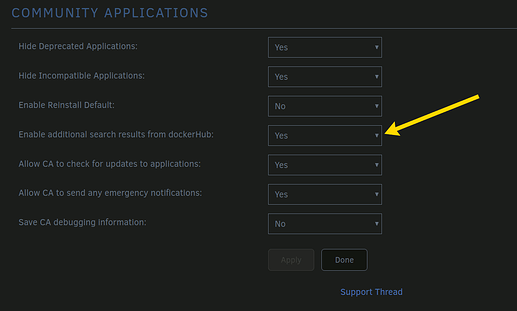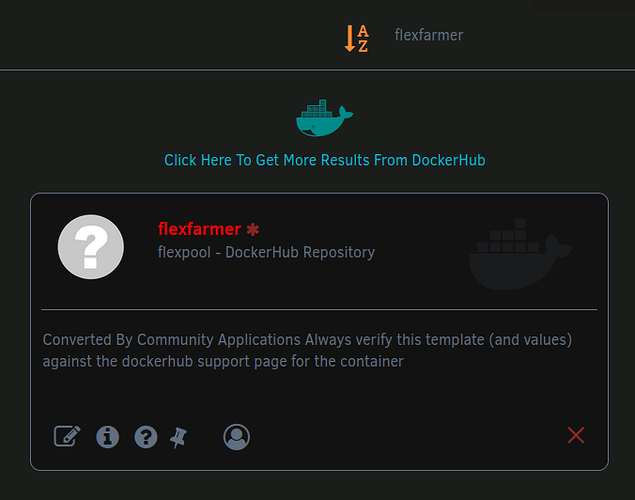No full node, reliable and stable, lower stales, energy efficient, less hardware required. – You only need a machine with Flexpool plots.
FlexFarmer aims to make farming Chia as easy as crypto mining through rewriting and optimizing the entire farming process in Golang replacing the standard harvester+farmer. It connects farmers to our hosted nodes over a blockchain bridge gateway which runs on powerful infrastructure hosted by Flexpool.io.
During testing Flexfarmer was found to work on a RPi 3 needing less than 100 MB of RAM and uses up a small percentage of the CPU (less than 1%). It thus allows farming to work on almost all devices using minimum power. FlexFarmer better identifies plots and errors allowing for a smooth worry-free farming experience. FlexFarmer will increase farmers profits through reducing errors, stales, power use, and increasing reliability.
FlexFarmer currently only works on Flexpool’s Chia pool and charges 0 fee. FlexFarmer supports Windows, Linux, and has a docker image. We also plan to have a macOS build soon as well.
Benefits:
- No node sync required
- No local wallet daemon required (you will need to input a wallet address)
- Almost no pain required to get it up and running compared to the standard Chia farmer
- Fast lookup times in milliseconds rather than seconds when lots of plots are loaded, thus reducing stales to almost 0
- Better identification of plots and possible issues
- Naming of each individual rig for website dashboard stat tracking
- Reported space support (see your actual space right in your Flexpool dashboard)
- HTTP API and Prometheus metrics support
- Better tracking of stats and stales/invalids
- Low processor usage, RAM usage, power usage, memory/storage space usage.
- Highly configurable
- Much more stable
- Autodetects new plots added
- Failover to neighbor regions during an outage on primary region
FAQ:
- What fee is charged by the FlexFarmer? - 0%.
- What pools are supported? - Flexpool.io only.
- Why FlexFarmer is not open source? - We have spent weeks of R&D working on this project and have employees that we must pay. Unfortunately we must be profitable to ensure that our staff are paid on time and can continue to develop projects that make Chia better.
FlexFarmer is currently in open beta. It runs on Linux and has a docker image. Instructions on how to run it are inside the download archive; please join our discord for any questions or technical support. Windows builds are coming soon closer to official release.
Download links:
Linux AMD64: https://static.flexpool.io/dl/flexfarmer/flexfarmer-linux-amd64-v1.0.0b1.tar.gz
Linux ARM64 (RPi): https://static.flexpool.io/dl/flexfarmer/flexfarmer-linux-arm64-v1.0.0b1.tar.gz
Docker image: flexpool/flexfarmer (instructions on using it can be found in the regular download archive)
Windows https://static.flexpool.io/dl/flexfarmer/flexfarmer-windows-amd64-v1.0.0b1.zip
I’ve done a rough guide to get windows working:
Run flexfarmer and farm chia on hive os using the following guide created by nekusul: run it at startup as a systemd service on HiveOS, here are the steps: GitHub - F1DNA/FlexFarmerAsAService: Run FlexFarmer as a service - written for Ubuntu Server
Verifying legitimacy of the downloaded software:
All our download archives are signed by our FlexFarmer Code Signing GPG key located at https://static.flexpool.io/dl/flexfarmer/gpg. The software signatures are available at .sig
Note: Interactive guide on our website is coming soon. Please visit our discord for any support or questions/comments. Thank you to our Alpha testers for their feedback and suggestions.
